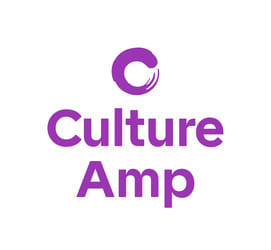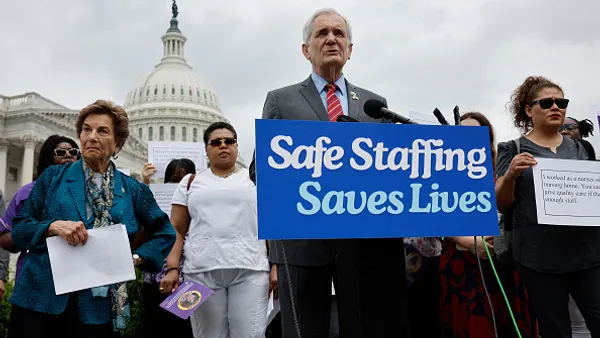HR is not your friend, a former VP of HR at Microsoft declared in a recent Business Insider headline. It’s a cliche rooted in truth, and one HR folks of all stripes are likely familiar with.
HR is “meant to help the company achieve what it needs to while still being fair ... for its employees,” Caroline Walsh, a VP in Gartner’s HR practice, told HR Dive. “It’s not there to be an employee’s friend.”
But times have changed and so has company philosophy regarding HR management, Walsh added. While the HR department still may not be the best place to vent about your problems, it is increasingly a department that serves as the go-between for employee needs and employer action — especially after the pandemic hit.
“We’ve moved from seeing talent as a cost to a benefit,” Walsh said, which has prompted businesses to put people first to push improved business outcomes. Satisfied talent leads to better returns across the board, making happiness as much a business necessity as any other capital investment.
To win trust, be truthful
How can HR effectively wear this “dual hat” of communicator and company arm? Transparency and flexibility, Walsh said.
“The good news is that we see good outcomes for the company when we see talent measures in place that add more flexibility for employees,” she said. “That in some ways makes HR’s job easier.”
Walsh cited the example of unlimited paid time off, a perk that can give employees flexibility in how they use their time, while also not being costly for employers to implement, since they don’t have to pay back unspent PTO.
Ultimately, transparency is the key to trust, Walsh said. If HR is transparent about what it can and can’t do, employees will trust HR “even if they don’t like a policy,” she noted. Such transparency is especially important regarding issues of worker safety, data protections and contentious political events.
You aren’t making it up: The job pressure is higher now
The Dobbs ruling, which ended Roe v. Wade protections for abortion access, and employers’ reaction to it — prompted by calls from employees in many cases — encapsulated the tightrope walk HR must now perform. Employees want their employers to take a stand, Walsh said. But they also want them to actually do something. “It is worse to say something and not take any action than not say anything at all,” she noted.
That can be a tough burden for HR when already faced with feeling like the corporate bad guy. The high-pressure visibility is a new aspect of the job for CHROs, especially, Walsh said, and it requires a skill set that HR practitioners may not be used to — notably, a willingness to engage in business strategy and talk the talk, so to speak.
But there is hope. “It sounds a little Pollyanna-ish, but data really supports it. By being transparent, by being consistent, you really are going to get the best results,” Walsh said. In other words, good, old-fashioned change management can win the day.














